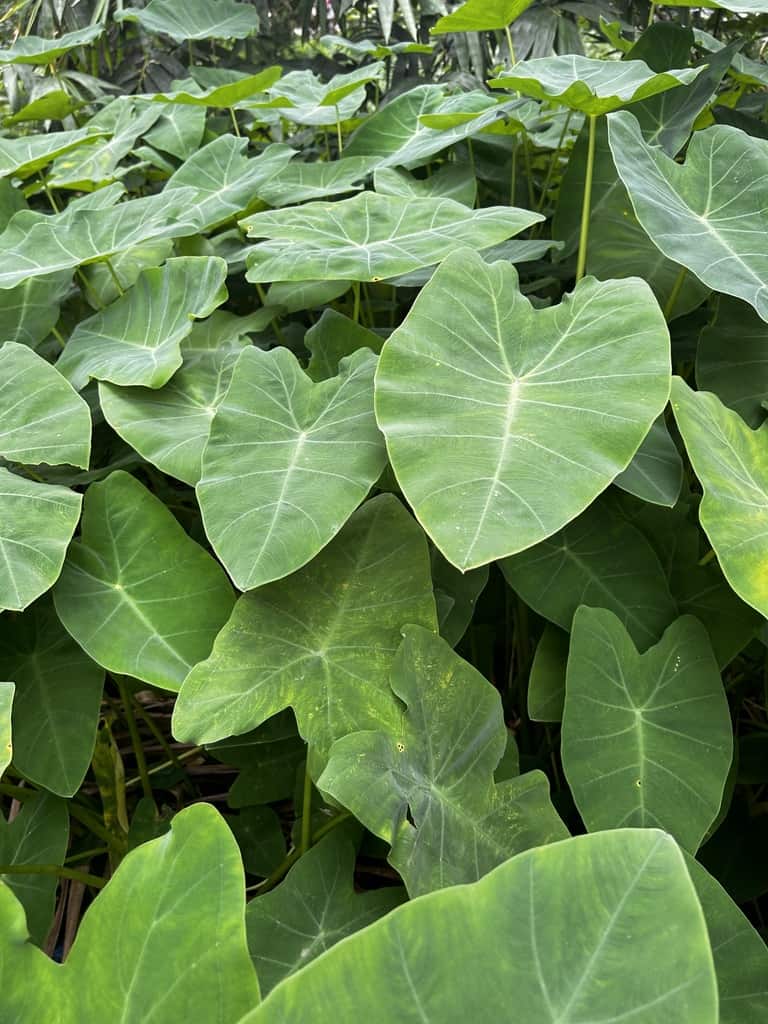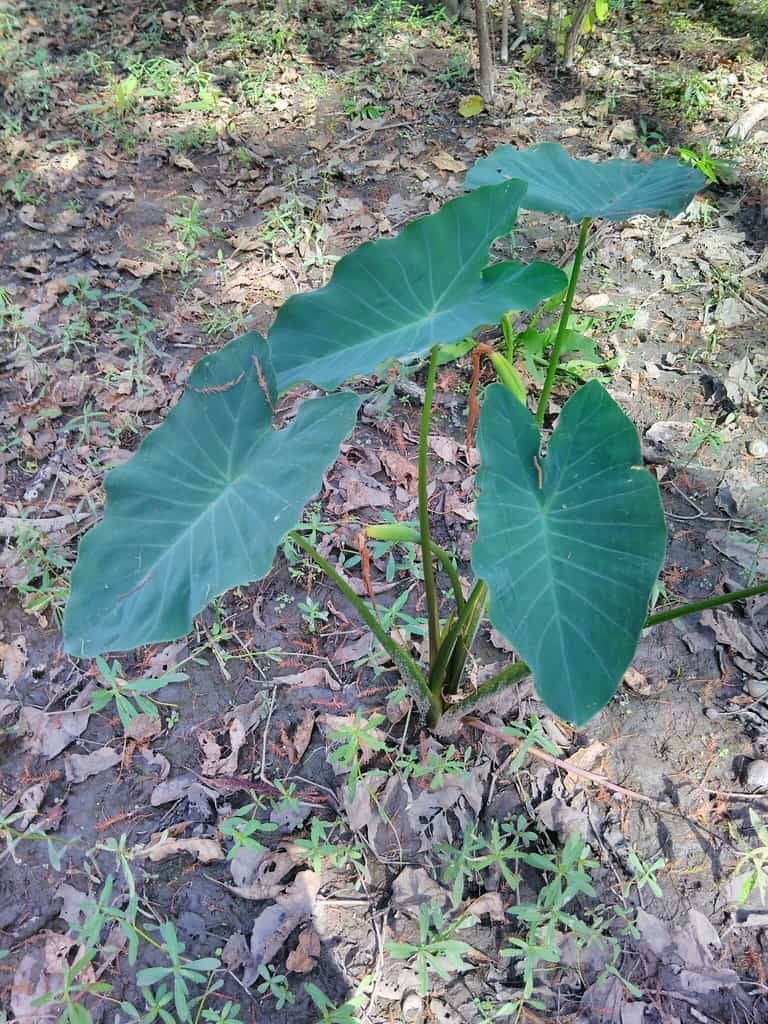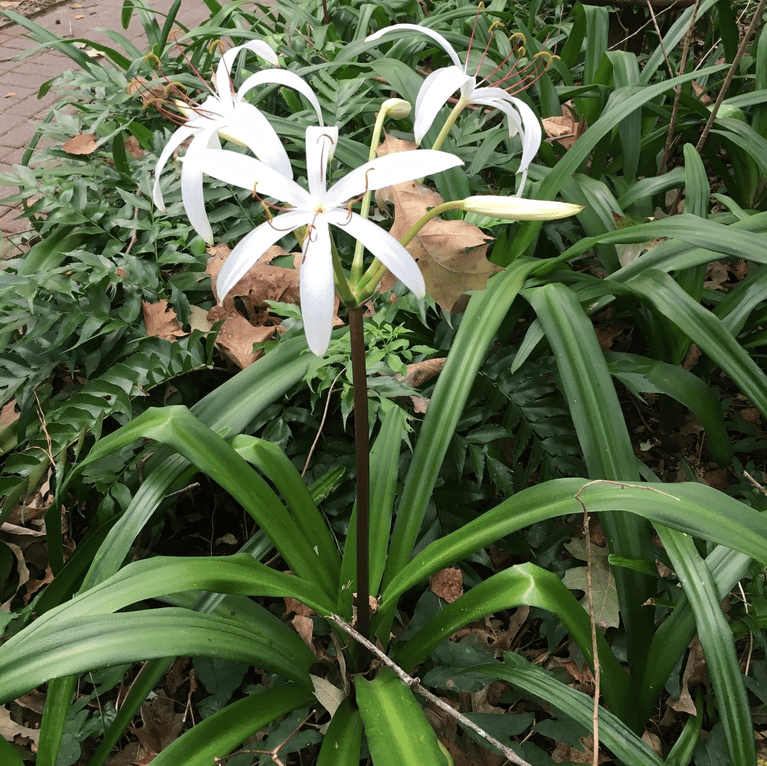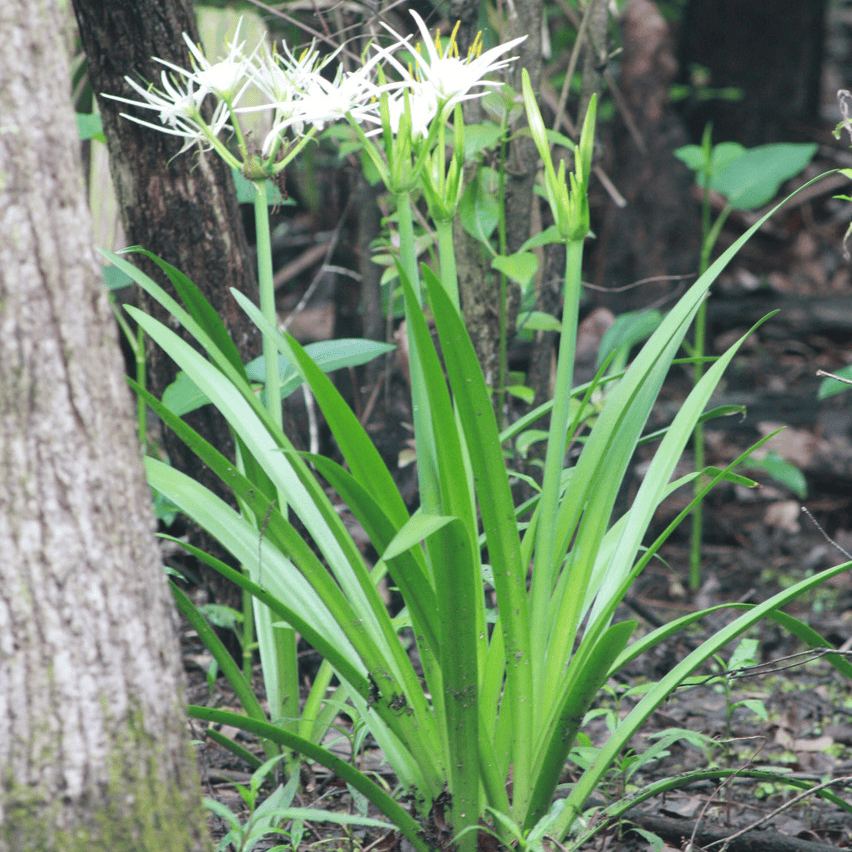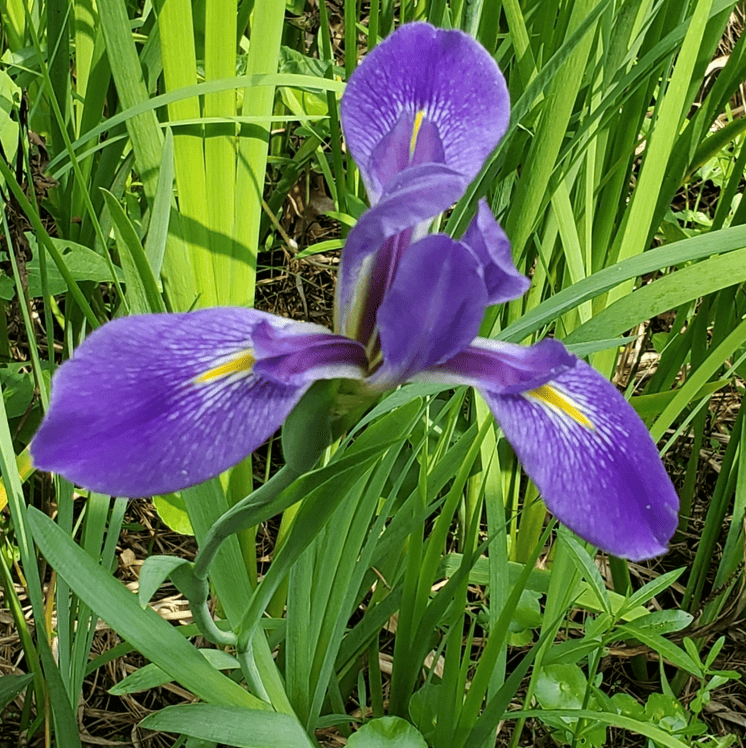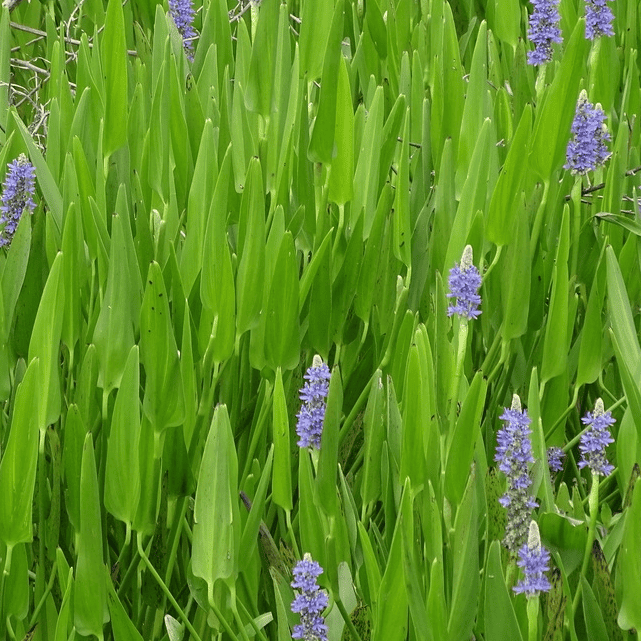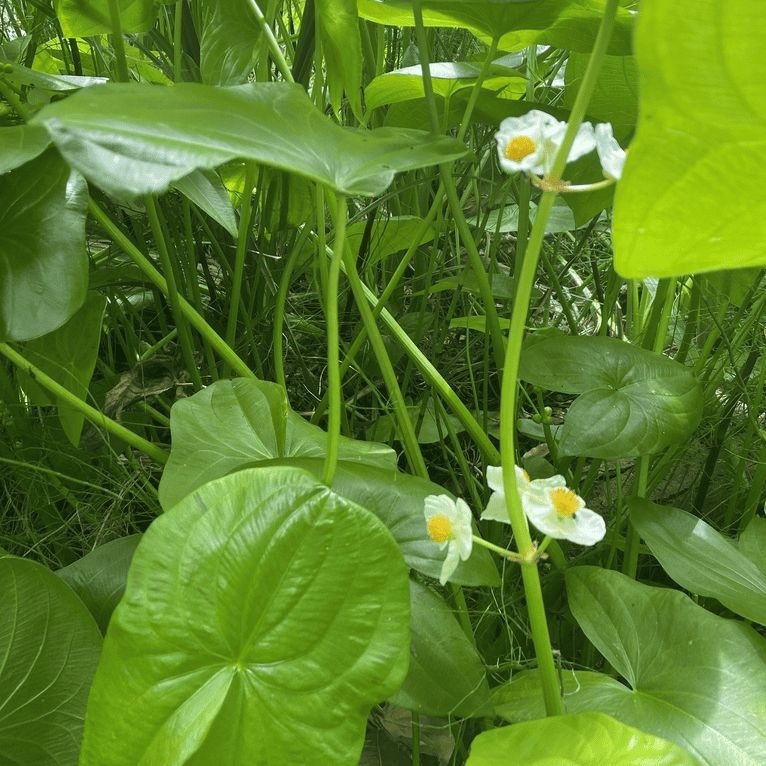Coco Yam, known also by the common names of Elephant Ear or Wild Taro, is a broadleaf herbaceous plant native to Southeast Asia and India where it is cultivated for its edible corms. It was introduced into Florida in 1910 by the U.S. Department of Agriculture as a substitute crop for potatoes. It is classified by the Louisiana Department of Wildlife and Fisheries as a Tier I invasive species defined as “currently causing severe or widespread negative impacts on wildlife or natural communities in Louisiana”.
Coco Yam now occurs over much of our state, but is most abundant in south Louisiana where it forms dense colonies in swamps and along the shorelines of bayous. Wherever it occurs in dense stands, it displaces native wetland vegetation. Impacted areas can become so infested with this weed that control becomes impractical.
Coco Yam rhizomes eroded from streambanks and carried by flood waters can spread the plant to new locations. It is attractive to some for its tropical-looking foliage and still used as an ornamental in water gardens, the edges of ponds, and along other water bodies.
Landscape With These Native Plants Instead:

